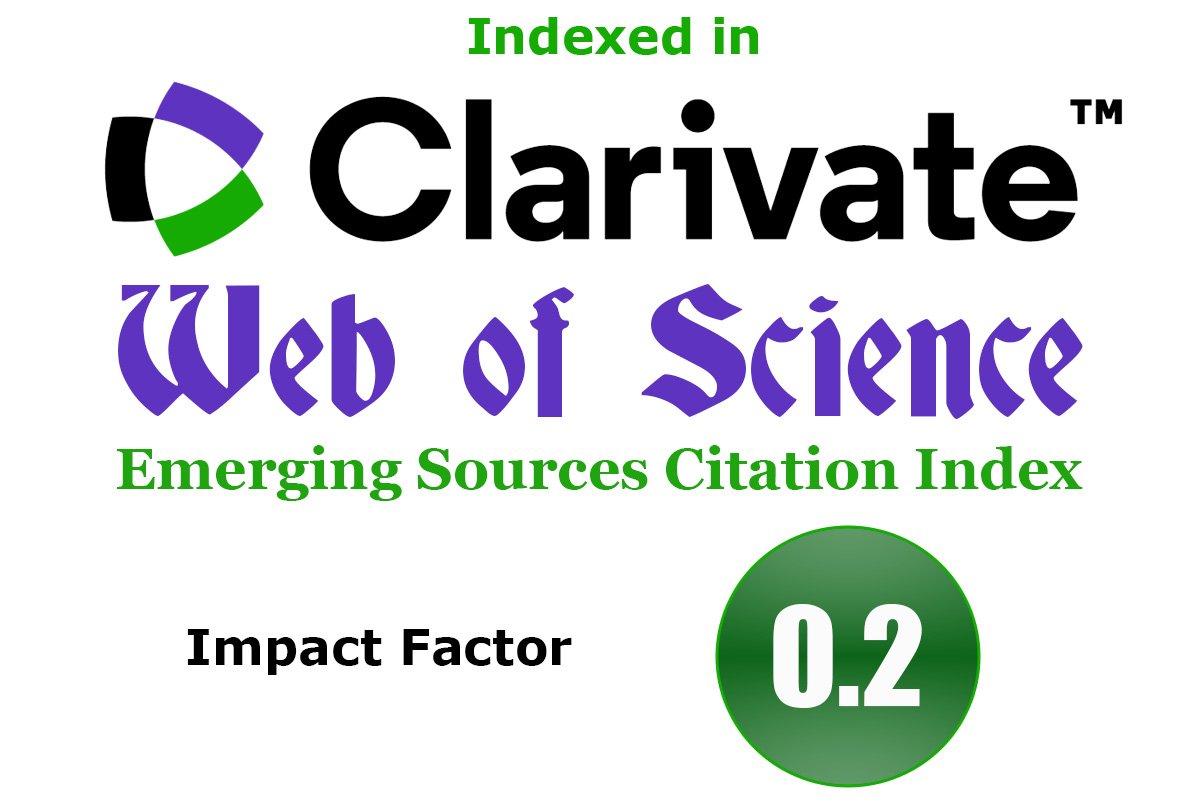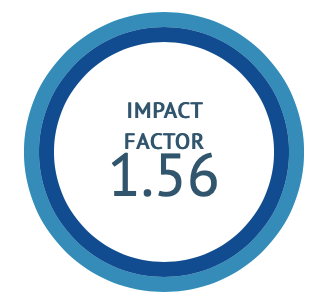Bergamot unleashed: Exploring the multifaceted traits and healing powers of Citrus bergamia
DOI:
https://doi.org/10.47552/ijam.v16iS2.6198Keywords:
Botanical aspects, Volatile, Neuroprotection, Pharmacological Activity, Citrus bergamia RissoAbstract
In this comprehensive review article, the focus is on Bergamot plant, elaborating on its various properties and applications. This article provides a detailed examination of the botanical aspects, significance, and characteristics of Bergamot plant, including its anatomy and chemistry. Additionally, it delves into the pharmacological activity exhibited by Bergamot plant, highlighting its diverse range of effects such as anti-anxiety, wound healing, neuroprotection, anti-depressant, antiproliferative, antibacterial, anticancer, antioxidant, anti-inflammatory, antinociceptive, anti-mycoplasmal, anti-fungal, and antiallodynic properties. The scientific designation of Bergamot, Citrus bergamia Risso, indicates its botanical lineage as a hybrid of Citrus limon L and Citrus aurantium, categorising it under the Rutaceae family and Citrus genus. This plant, is known for its unique combination of volatile and non-volatile fractions, each contributing to its therapeutic potential and aromatic profile. Through an exploration of its pharmacological activity and chemical composition, this article offers a comprehensive overview of the multifaceted nature of Bergamot plant, shedding light on its rich botanical heritage and promising therapeutic applications.
Downloads
Published
How to Cite
Issue
Section
License
Copyright (c) 2025 International Journal of Ayurvedic Medicine

This work is licensed under a Creative Commons Attribution-NonCommercial-ShareAlike 4.0 International License.
The author hereby transfers, assigns, or conveys all copyright ownership to the International Journal of Ayurvedic Medicine (IJAM). By this transfer, the article becomes the property of the IJAM and may not be published elsewhere without written permission from the IJAM.
This transfer of copyright also implies transfer of rights for printed, electronic, microfilm, and facsimile publication. No royalty or other monetary compensation will be received for transferring the copyright of the article to the IJAM.
The IJAM, in turn, grants each author the right to republish the article in any book for which he or she is the author or editor, without paying royalties to the IJAM, subject to the express conditions that (a) the author notify IJAM in advance in writing of this republication and (b) a credit line attributes the original publication to IJAM.





